China launched its new Type 003 aircraft carrier Fujian on June 17 in Shanghai, touting that its electromagnetic aircraft launch system (EMALS) is on par with the latest U.S. Ford-class aircraft carrier.
However, to support the claim that the EMALS catapult of Type 003 is really effective, a considerable number of carrier-based aircraft are required for take-off and landing tests—which is precisely a major deficiency of the Fujian and the embarrassment of the Chinese navy.
Is J-15B Ready for the Type 003 Aircraft Carrier’s EMALS?
Though equipped with advanced EMALS catapults, the Fujian lacks enough fighter jets and other carrier-based aircraft, which is one of its most vulnerable points.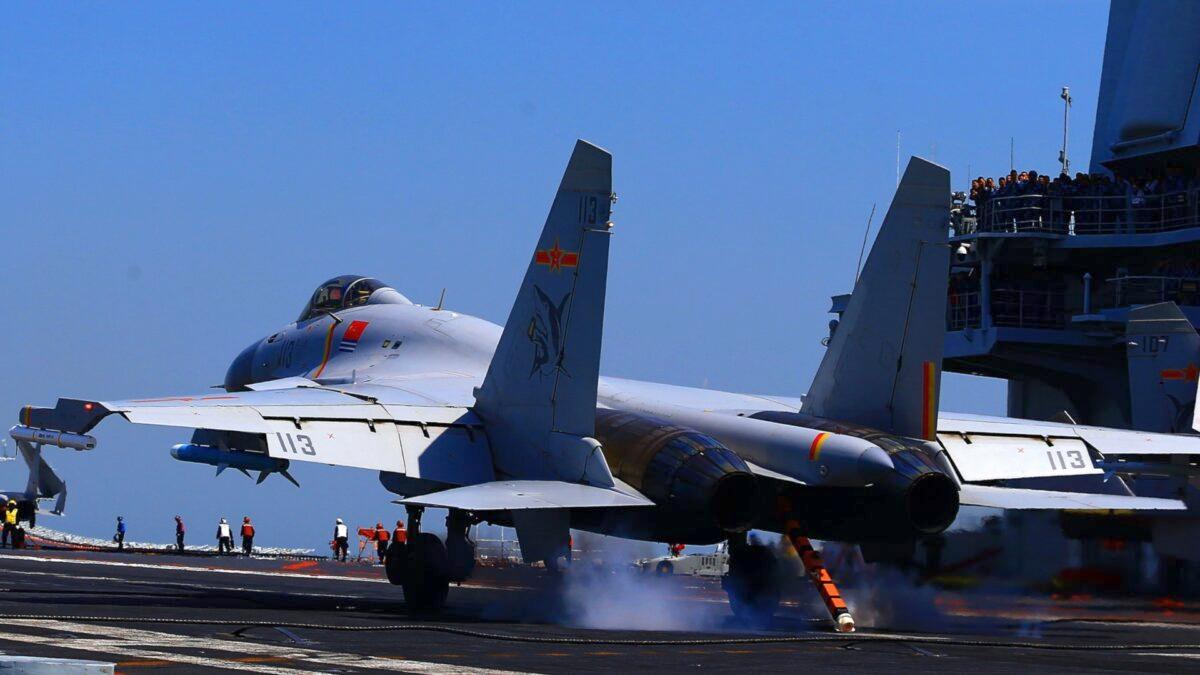
The Liaoning and the Shandong aircraft carriers have conducted the takeoff and landing training of the J-15 on the traditional ski jump-assisted short takeoff launch systems.
Being the heaviest carrier-based fighter in service, the J-15 has difficulty taking off from the ski-jump deck of these two carriers, and it cannot take off with a full load of fuel and weaponry; otherwise, it may face the risk of falling into the sea.
The empty weight of the J-15 is about 17.5 tons (38,581 lbs). Its closest international approximation would be the U.S. F/A-18E Super Hornet, whose empty weight is about 14.6 tons (32,187 lbs).
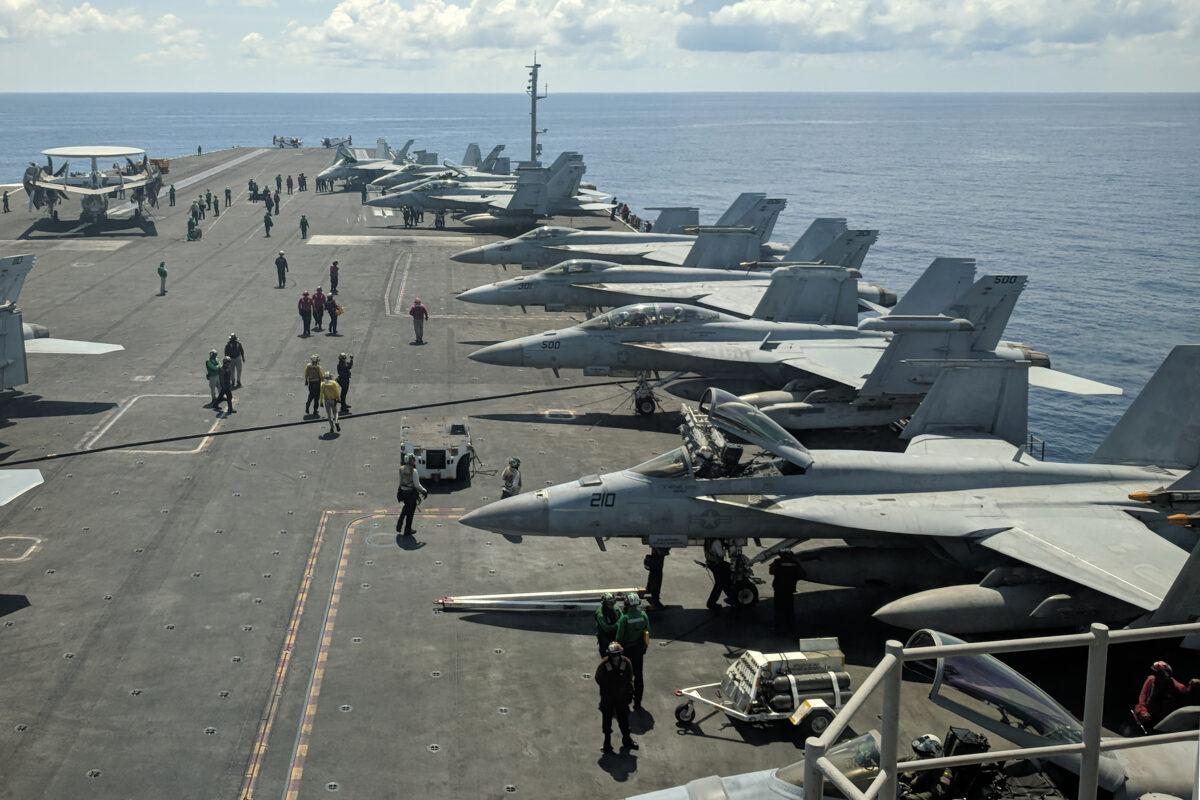
The Russian navy ordered the MiG-29K as a replacement for the Su-33 in 2009, with the weight of the Su-33 being one of the reasons it has been retired.
In May, China’s first aircraft carrier Liaoning conducted drills in the Philippine Sea and Okinawa waters, with the J-15 taking off and landing multiple times. Pictures taken by the Japanese Self-Defense Force show that the J-15 only carried air-to-air missiles, apparently to ensure the safety of takeoff and landing, but revealing that the Liaoning and the Shandong could not carry out sea or ground attacks and had no naval combat capability.
The launch of the Fujian aircraft carrier should give the Chinese Communist Party (CCP) some hope that if the electromagnetic catapult works, the J-15 may be able to take off with a full load of fuel and weaponry, which will significantly increase its combat capability. However, even if it were true, the Type 003 aircraft carrier would still need several years of field testing, and the core catapult test would require many carrier-based aircraft.
In 2020, the CCP revealed that the J-15B, an advanced variant of J-15, was under development and ready to join the Fujian air wing. According to the Chinese regime’s state-run mouthpieces, the catapult connecting rod is installed in the J-15B’s nose part, and some structural and material reinforcements have been carried out, hoping that the EMALS catapult can solve the J-15’s overweight issue. It also abandoned the Russian-made engine and switched to the domestic WS-10 engine.
However, amid the state-run media’s recent boasting about the Fujian, it’s noteworthy that the J-15B that was expected to accompany the carrier’s launch did not appear in the media.
When the Liaoning was dispatched again in May this year, a maximum of nine jets were visible on the deck.
The Fujian Has No Complete Air Wing Yet
The standard air wing of the U.S. aircraft carrier is generally composed of 80 to 90 aircraft, including 48 F/A-18E/F or F-35C fighters, four to six E-2 Hawkeye airborne early warning (AEW) aircraft, four to six E/A-18 Growler electronic warfare aircraft, anti-submarine, and transport aircraft, and search and rescue helicopters.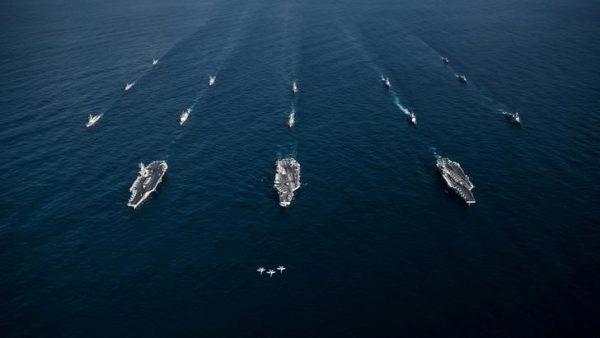
The Chinese navy’s Type 003 is far from a complete air wing.
First of all, its J-15B has no official launching date yet. Another potential fighter jet, known initially as the FC-31, now renamed the FC-35, is still being developed.
China’s carrier-based AEW should be the Shaanxi KJ-600, which has not been officially released.
The CCP’s carrier-based electronic warfare aircraft is said to be the J-15D, an improved variant of the J-15.
The use of carrier-based helicopters has just started, and it will also take time to form a complete auxiliary fleet.
Conclusion
China boasts of having three aircraft carriers. But two are copies of former Soviet Union-era technologies, which are considered obsolete, and the third is a copy of U.S. technologies. However, except for the electromagnetic catapults deliberately hidden on the Fujian, there is nothing special about the latest carrier. It is still at the initial stage of imitating U.S. technology.The CCP’s various types of carrier-based aircraft seem to have fallen behind schedule and have not yet been ready, which is one of the major issues with the testing of Type 003 EMALS catapults.
The Chinese navy’s task of copying the U.S. aircraft carrier has just begun.
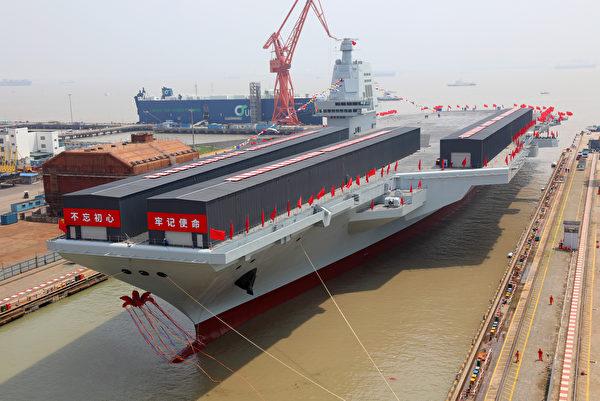

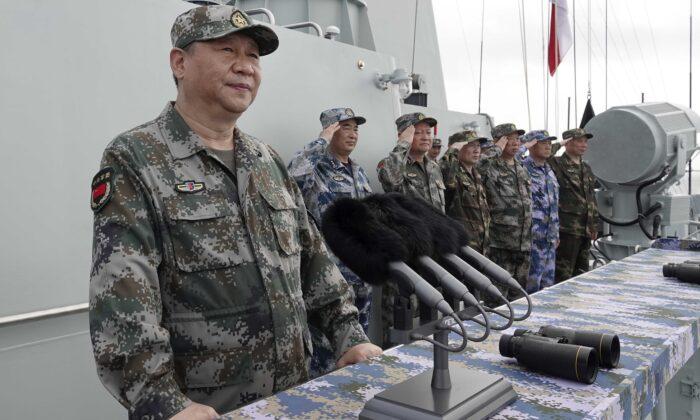
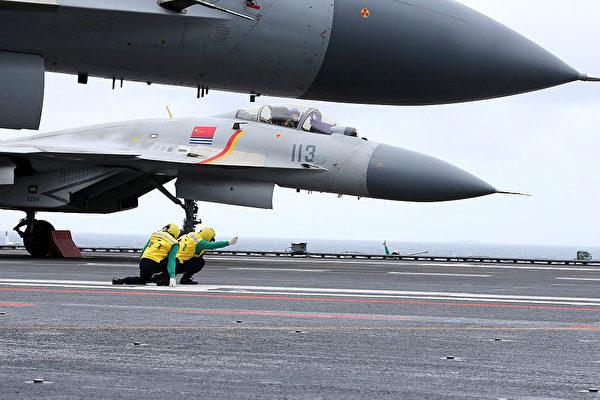
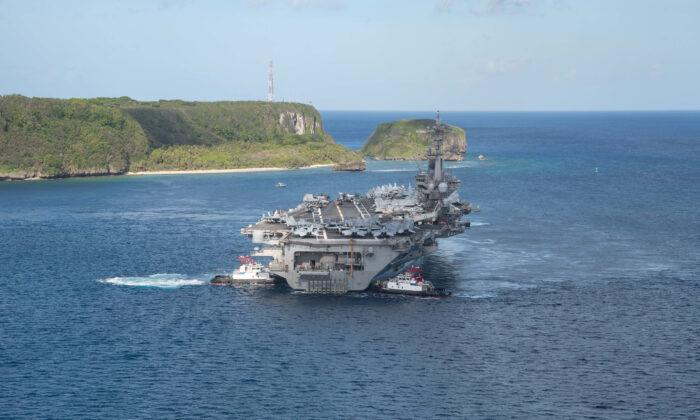
Friends Read Free